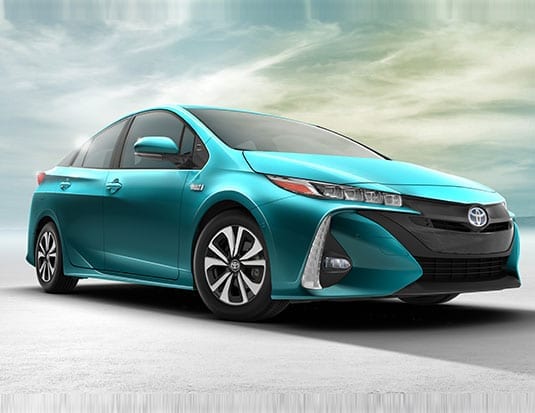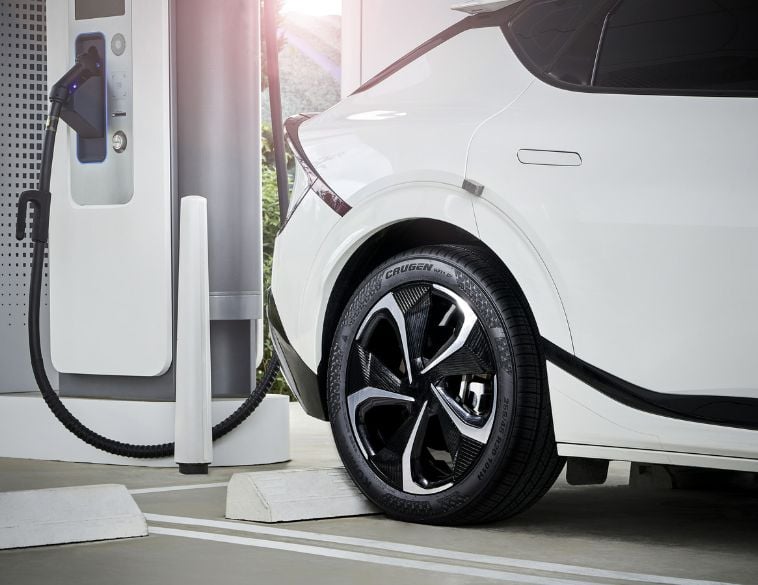Are taller and narrower tires the wave of the future?
Nowadays it seems that everyone, including manufacturers, wants the widest tire with the least amount of sidewall for their vehicles. The trend is wellestablished with no sign of changing.
With total disregard for this trend, however, a new type of tire seems to be making its way into the market and may one day become the new norm. Due to new legislation and green initiatives to make vehicles more efficient, OE manufacturers have shifted their attention to fuel efficiency.
With tires being such an influential part of the equation, it seems logical for tire manufacturers to also focus on advancing fuel efficiency. Enter the “tall narrow tire,” believed to be integral to fuel efficiency.
The science of fuel economy
One way of achieving greater fuel economy is by fitting vehicles with smaller tires to reduce weight. Another involves using tall narrow tires to reduce rolling-resistance, and improve aerodynamics.
Increasing tire diameter (taller) achieves improved rolling-resistance, while reducing section width (narrower) improves aerodynamics. Combine the two and you’re reducing overall weight while reducing heat buildup and delivering better resistance to hydroplaning. As speeds increase, so does this aerodynamic advantage.
Also, tall narrow tires have a more flexible sidewall, so they are better able to conserve energy loss during deflection and rebounding. With the increase in outer diameter, rolling-resistance is improved largely in part by decreasing sidewall deformation.
Mathematically speaking, a one percent increase in overall diameter equates to a one percent decrease in rolling-resistance. Therefore, the tall narrow tire approach results in the largest tire possible, taking into consideration the performance of the tire and vehicle combination. In addition, narrowness improves aerodynamics.
Tall narrow tires are also successful in decreasing road noise. The narrower footprint allows for less road noise because, as the smaller footprint releases from the surface, there is less friction with the road, resulting in a quieter ride.
Overcoming challenges
However, tall narrow tires are not without their challenges. One issue we have to contend with is maintaining proper carrying capacity. As we know, the volume and pressure of air in the tire is what determines carrying capacity. So, the tall narrow tires will have to maintain the same volume of air as the equivalent smaller tire, or have a higher pressure rating.
As tire manufacturers juggle the probative value of producing tall narrow tires for fuel efficiency, against tires featuring small sidewalls for aesthetics or high performance purposes, it is clear that acceptance of the former (tall and narrow) is slow. The only exception is the electric and hybrid vehicle segment, which have adopted tall narrow tires as the solution to providing greater fuel efficiency. This seems to be the reason why the demand for these tires is on the rise.
It is expected that this trend will continue to permeate into other segments of the consumer tire industry, with increasing demand from Europe due to regulations. However, it is unlikely that this trend will extend into the ultra-high performance tire market, as tires used in this application require a different set of performance parameters.
So, while it is likely that we will see tall narrow tires in the market become more common, there will always be consumers dedicated to the aesthetic appeal of “ridin’ on blades.”



